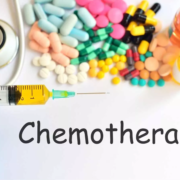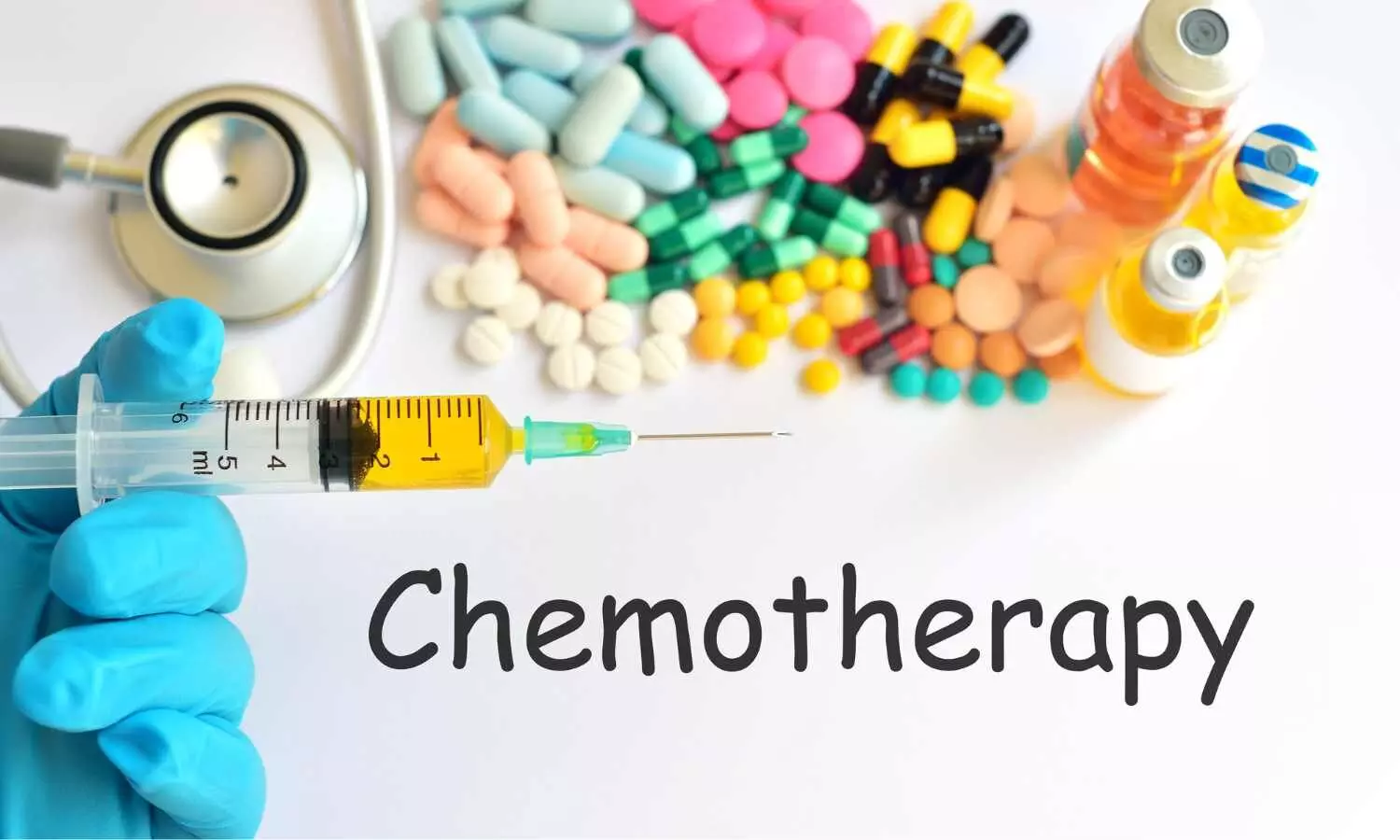WB NEET 2025 admissions: Revised schedule, provisional list of candidates eligible for choice filling released- details

West Bengal- The West Bengal Medical Counselling Committee (WBMCC) has revised the WB National Eligibility and Entrance Test-Undergraduate (NEET UG) round 1 Reporting and Admission schedule for the academic year 2025 for State Quota, Private Management Quota and NRI Quota seats in West Bengal.
In this regard, WBMCC has released the tentative revised schedule as well as the revised provisional list of candidates eligible for Round 1 choice filling for Counselling of WB NEET UG 2025 for State Quota, Private Management Quota and NRI Quota seats in West Bengal.
As per the schedule, the WB NEET UG round 1 result has been published today, i.e. 23 August 2025, after 11 am. Following this, from today itself, from 12 noon to 5 pm, 25 & 26 August 2025, from 10 am to 4 pm, the Reporting and Admission of allotted candidates to the allotted Institute with the requisite original document, college requisite fee and bond will start.
Medical Dialogues had earlier reported that the WBMCC temporarily suspended the NEET UG counselling for the academic year 2025 for MBBS and BDS courses “till further orders”. The decision came just two days before the scheduled release of the round 1 seat allotment results, leaving reportedly over 11,000 medical aspirants in West Bengal in uncertainty.
The suspension was announced through an urgent notice a day before the announcement of seat allotment. The notice said, “West Bengal NEET UG Medical Dental 2025 counselling/admission has been kept in abeyance till further orders.”
This development came after the release of the revised provisional state merit list for 85% state quota seats on August 16.
The suspension had direct impact on a total of 11,178 candidates included in the provisional merit list. Thus, candidates seeking medical admission in West Bengal are still in limbo and are waiting for clarity from the authorities on when the admission process will resume.
To view the schedule, click the link below
Powered by WPeMatico





